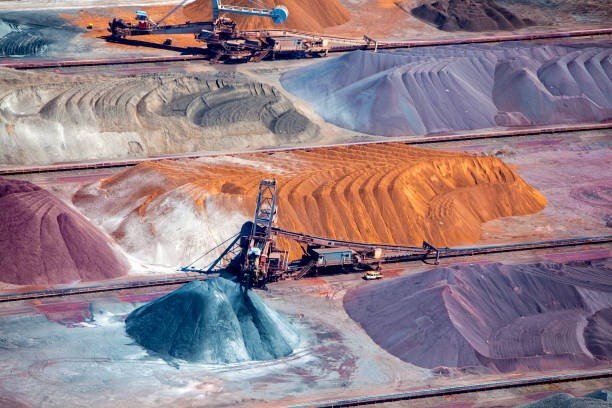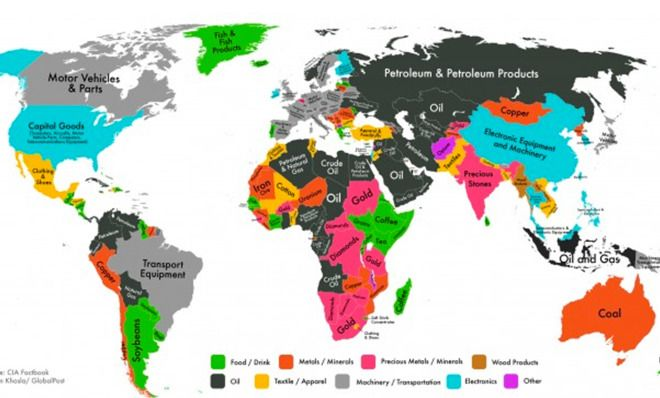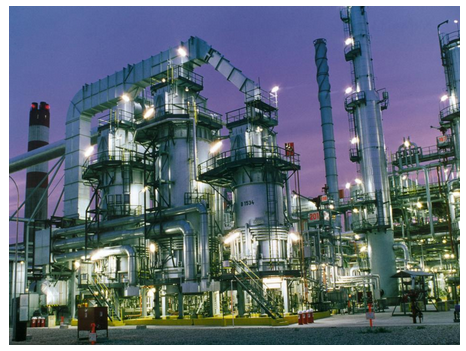Industrial Minerals and Rocks

While metals and fossil fuels often dominate headlines, industrial minerals and rocks quietly form the foundation of modern civilization. These non-metallic, non-fuel natural resources are essential to industries ranging from construction and agriculture to technology and renewable energy .
From the limestone in your home’s foundation to the silica in solar panels, industrial minerals and rocks are indispensable — yet often overlooked — commodities that power our economy.
🌍 What Are Industrial Minerals and Rocks?
Industrial minerals and rocks are naturally occurring inorganic materials mined for their physical, chemical, or mechanical properties , rather than for metal content or energy value.
Unlike metallic ores or coal, they are used as functional additives, fillers, extenders, or structural components across thousands of industrial processes.
Common examples include:
| Limestone (Calcium Carbonate) | Alkaline, reactive, abundant | Crushed stone, ground powder |
| Silica Sand (Quartz) | High melting point, abrasive | Foundry sand, glass-grade |
| Kaolin (Clay) | Fine particle size, white color | Paper coating, ceramics |
| Talc | Soft, lubricating, chemically inert | Plastics, cosmetics |
| Barite | High density, non-magnetic | Drilling mud weighter |
| Feldspar | Fluxing agent, alumina source | Glass & ceramics |
| Dolomite | Heat-resistant, magnesium source | Refractories, agriculture |
| Perlite & Vermiculite | Expandable, lightweight | Insulation, horticulture |

📈 Global Markets and Economic Importance
The global market for industrial minerals is valued at over $60 billion and continues to grow, driven by urbanization, infrastructure development, and green technologies.
Key Market Drivers:
- Construction Boom : Demand for aggregates, limestone, and gypsum in concrete and drywall.
- Energy Transition : Silica for solar panels; barite for geothermal drilling; graphite (often grouped with industrial minerals) for batteries.
- Advanced Manufacturing : High-purity kaolin and talc in electronics, coatings, and engineered plastics.
- Agricultural Growth : Use of lime, dolomite, and bentonite in soil conditioning and animal feed.
Leading Producers by Commodity:
- Limestone & Gypsum : China, U.S., India, Germany
- Kaolin : U.S. (Georgia), Brazil, UK
- Silica Sand : U.S., Turkey, China, Australia
- Barite : China, India, Morocco, U.S.
- Talc : China, India, France, Finland

🔧 Major Industrial Uses
These minerals aren’t just raw materials — they’re performance enhancers:
1. Construction & Infrastructure
- Limestone and crushed rock → cement and asphalt
- Gypsum → drywall and plaster
- Aggregates → road bases and concrete
2. Manufacturing & Consumer Goods
- Talc → paints, plastics, cosmetics
- Kaolin → paper coating and ceramics
- Feldspar → glass and tile production
3. Energy & Drilling
- Barite → weighting agent in oil/gas drilling fluids
- Silica sand → proppant in hydraulic fracturing (“fracking”)
- Perlite → insulation in pipelines and refineries
4. Agriculture & Environment
- Agricultural lime (calcite/dolomite) → soil pH correction
- Bentonite → pond liners, waste containment
- Zeolites → water filtration and odor control

❓ Frequently Asked Questions (FAQs)
Q: What’s the difference between industrial minerals and metallic minerals?
A: Industrial minerals are non-metallic and used for their physical/chemical properties (e.g., talc, kaolin). Metallic minerals contain extractable metals like iron or copper.
Q: Why are industrial minerals important for the green economy?
A: They’re critical in solar panels (silica), wind turbines (limestone composites), EV batteries (graphite), and energy-efficient buildings (insulating perlite).
Q: How are prices determined in the industrial minerals market?
A: Prices depend on purity, particle size, processing level, logistics, and demand from construction, energy, and manufacturing sectors.

